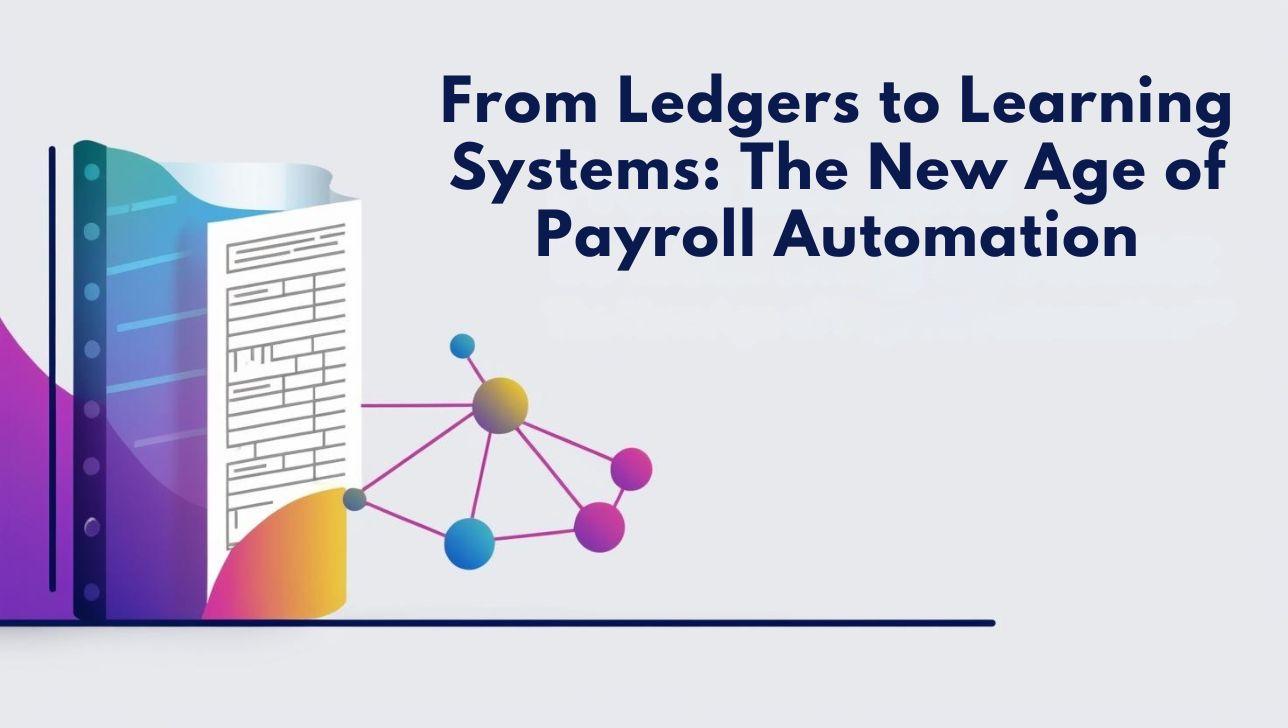In a world where technological shifts continually redefine operational landscapes, Sadanandam Meenugu’s latest exploration into payroll automation is both timely and insightful. With extensive expertise in workforce management systems, he sheds light on how innovation has transformed payroll from a manual, error-prone task into a strategic pillar of modern organizations.
The Humble Beginnings: From Ledgers to Basic Computing
In the late 20th century, payroll processes began transitioning from manual ledgers and calculators to early computerized systems. These early payroll solutions significantly reduced calculation errors and processing times, yet they operated largely in isolation, requiring substantial human oversight. Ensuring regulatory compliance and maintaining data consistency across separate systems still depended heavily on manual intervention.
Despite their limitations, these systems marked a major milestone in payroll management. They laid the essential groundwork for more sophisticated automation, setting the stage for future technologies that would not only assist but actively drive and enhance payroll operations, improving accuracy, efficiency, and compliance in ways that were previously unimaginable. The evolution from basic computing marked the beginning of a transformative journey toward fully automated payroll systems.
Breaking Down Silos: The Rise of Integrated Payroll Systems
By the turn of the millennium, organizations realized the inefficiencies of disconnected systems. This period marked a pivotal shift towards integrated payroll platforms, where systems could communicate across human resources, accounting, and management departments. Seamless data flows became the norm, dramatically reducing errors and processing times.
Integration not only improved operational efficiency but also enhanced compliance, as updates and changes could be synchronized across multiple business functions instantly. This development repositioned payroll from a back-office necessity to a critical component of enterprise-wide strategy.
Empowering Mobility and Resilience: Cloud-Based Payroll Solutions
The advent of cloud computing revolutionized payroll yet again, offering unprecedented flexibility and accessibility. Cloud-based systems enabled payroll data to be accessed securely from anywhere, a feature that proved crucial during global disruptions like the pandemic. Companies embracing the cloud reported significant gains in operational resilience, data security, and cost savings. Moreover, mobile-enabled platforms empowered employees to access their pay information on the go, fostering transparency and boosting overall satisfaction. The combination of reduced IT maintenance and automatic compliance updates made cloud payroll solutions indispensable for modern enterprises.
The Cutting-Edge Shift: AI, Blockchain, and RPA in Payroll
Today’s payroll systems are not just automated—they are intelligent. Artificial intelligence introduces predictive analytics for staffing costs, detects anomalies in transactions, and even employs natural language processing to resolve employee queries instantly. Blockchain technology ensures fast, borderless, and tamper-proof payments, catering to an increasingly remote and global workforce.
Meanwhile, robotic process automation (RPA) bridges legacy systems and modern platforms, executing high-volume repetitive tasks with unmatched speed and precision. Together, these technologies streamline operations, slash costs, and provide real-time insights, transforming payroll into a strategic asset rather than a support function.
Redefining Strategic Value: Payroll as an Intelligence Hub
Modern payroll technologies are transforming payroll from a transactional function into a strategic intelligence hub. Predictive models now forecast staffing needs and compensation trends with remarkable accuracy, supporting proactive workforce planning. Blockchain technology ensures audit-ready transaction records, greatly easing compliance processes.
Additionally, Robotic Process Automation (RPA) streamlines report generation and exception handling, allowing payroll professionals to shift their focus to higher-value tasks such as data analytics, policy development, and strategic initiatives. By providing critical workforce insights, payroll systems empower organizations to make informed decisions, optimize operations, and enhance long-term planning. As a result, payroll has evolved into a vital source of actionable intelligence, driving broader organizational strategy and success beyond traditional administrative roles.
In conclusion, as detailed by Sadanandam Meenugu, the story of payroll automation is a microcosm of technological evolution itself—from manual struggles to integrate intelligence. Future developments promise even greater convergence between payroll operations and broader human capital management strategies. In this rapidly advancing landscape, organizations that harness emerging technologies will not only streamline their processes but also gain a decisive edge in workforce optimization. His work reminds us that in the new era, payroll isn’t just about cutting checks—it’s about crafting the future of work.



































